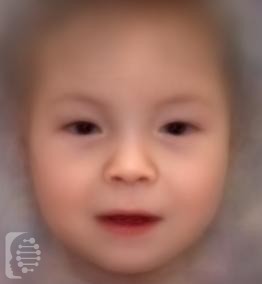What is Chromosome 9p Deletion syndrome?
Chromosome 9p Deletion syndrome is a rare genetic syndrome caused by deleted and missing copies of DNA on chromosome 9.
The symptoms and severity of the syndrome vary according to the size of the deletion, its location, and the specific gene or genes involved.
The main symptoms of the syndrome include intellectual disability and several unique facial features.
This syndrome is also known as:
Monosomy 9p Syndrome
What gene changes cause Chromosome 9p Deletion syndrome?
The syndrome is caused by deleted or missing copies of DNA on chromosome 9, specifically in the short arm (p).
50% of the cases are the result of random deletion, while the other 50% are believed to have been inherited from parents with no features themselves or through balanced translocation.
What are the main symptoms of Chromosome 9p Deletion syndrome?
- Intellectual disability and developmental delay are the main symptoms of the syndrome.
- The syndrome may also lead to hypotonia (low muscle tone), heart issues, scoliosis, and genital abnormalities.
- Physical features of the syndrome include an upturned nasal tip (anteverted nares), narrow openings between the eyelids, a short and broad skull, a depressed bridge of the nose, a high palate, wide-set eyes, a long philtrum, a short neck, a low hairline at the back of the neck, neck webbing, low set, small ears and a small lower jaw.
- Symptoms may also include a prominently placed thumb, thin nails, and a triangular-shaped skull.
Possible clinical traits/features:
Autosomal dominant inheritance, Pes planus, Patent ductus arteriosus, Nystagmus, Omphalocele, Posteriorly rotated ears, Postaxial hand polydactyly, Seizure, Single transverse palmar crease, Webbed neck, Short neck, Trigonocephaly, Sporadic, Strabismus, Thin upper lip vermilion, Microcephaly, Proximal placement of thumb, Tarsal synostosis, Wide intermamillary distance, Upslanted palpebral fissure, Synophrys, Thick eyebrow, Narrow palpebral fissure, Midface retrusion, Heart murmur, Scoliosis, Ventricular septal defect, Calvarial skull defect, Inguinal hernia, Intellectual disability, Myopia, Anteverted nares, Narrow mouth, Short nose, Long philtrum, Tapered finger, Low-set, posteriorly rotated ears, Low posterior hairline, Low-set ears, Muscular hypotonia, Micrognathia, Micropenis, Hypertelorism, Hypertonia, Delayed speech and language development, Hypospadias, Cognitive impairment, Global developmental delay, Depressed nasal bridge, Hyperconvex nail, Highly arched eyebrow, High-narrow palate.
How is it diagnosed?
To find out if someone has a diagnosis of Chromosome 9p Deletion syndrome, it is important to have a consultation and evaluation with a clinical genetic specialist. Specialists may also suggest specific genetic testing or other types of tests to help reach a diagnosis. FDNA’s AI technology can help speed up the diagnostic process by analyzing facial features and other health information.

